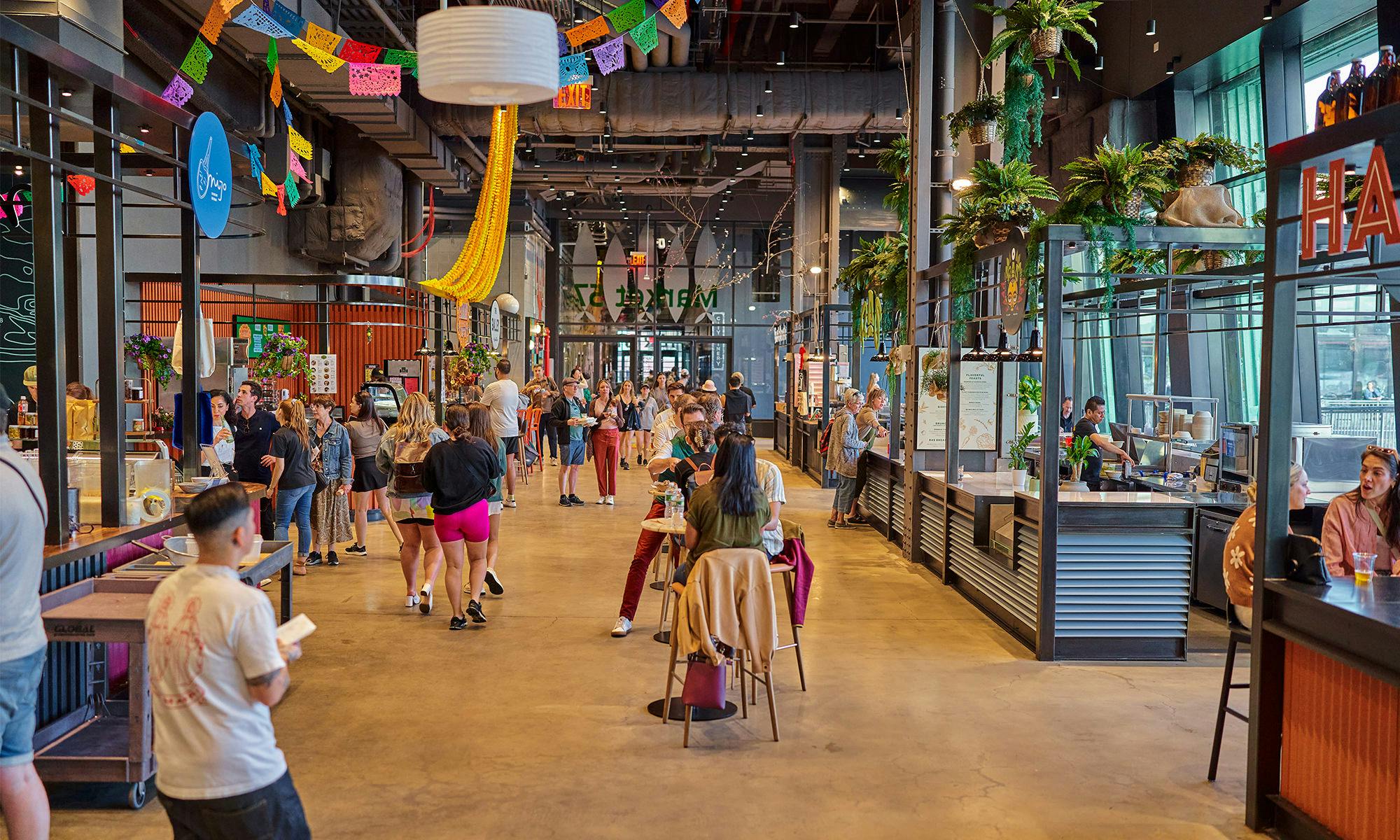
How Local Identity Drives Visibility for Food Destinations
By Daniella AlkobiIn the increasingly competitive world of food halls and destination grocery stores, differentiation is key. But the secret to rising above the noise isn’t about chasing the next viral trend—it’s about owning what’s already yours. That’s where hyperlocal PR comes in.
By focusing on the unique cultural, historical, and community-driven elements that define a place, PR professionals can craft stories that resonate both down the block and across the world. Because local authenticity isn’t just a nice-to-have—it’s a powerful growth strategy.
Hyperlocal Isn’t Small—It’s Strategic
Let’s dispel a myth: being “hyperlocal” doesn’t mean being small-minded or limited in scope. The most successful PR campaigns for food halls and grocery destinations often start with deep roots in the community and blossom into national or even international attention.
Think of it like terroir in wine—where something comes from defines its character. PR professionals can leverage that identity to build stories around:
- A food hall that revived a historic building.
- A market that champions BIPOC-owned brands from the neighborhood.
- Vendors who use ingredients grown just miles away.
These narratives aren’t just about food; they’re about place, people, and purpose—and that’s what today’s audiences crave.
Serving Locals, Attracting Travelers
The most beloved food destinations manage to do two things at once: earn loyalty from locals and entice cultural travelers and curious eaters from afar.
A hyperlocal approach helps with both. When a space is authentically tied to its surroundings—whether through its vendor selection, aesthetic, or storytelling—it becomes a landmark for locals and a bucket-list spot for visitors seeking an “insider” experience.
PR tactics that serve this dual purpose include:
- Media storytelling in local publications that reinforce neighborhood credibility.
- National travel features positioning the destination as a “hidden gem.”
- Influencer partnerships with both local voices and out-of-town tastemakers.
- Community-driven events that reflect the spirit of the neighborhood and are designed to live well beyond the moment.
Vendor Stories Are Local Gold
Hyperlocal PR works best when it taps into individual vendor stories that reflect the broader identity of the place. Is there a family that’s been making tamales for three generations? A refugee-turned-chef sharing their homeland’s cuisine? A forager bringing native herbs to a new audience?
These stories humanize the space, add editorial value, and resonate beyond food media—they touch on community, sustainability, entrepreneurship, and more. PR pros should work closely with vendor partners to uncover and package these narratives into media pitches, social content, and additional storytelling touchpoints that invite connection.
Turning Story into Staying Power
The success of a hyperlocal PR strategy isn’t just measured in press hits—it’s in how deeply the story sticks. Look for signs that your narrative is becoming part of how people talk about you, for example, when media and visitors naturally reference your ties to the neighborhood. In other words, your message is working when it’s no longer something you have to say—it’s something others say for you.
Be of the Place, Not Just in It
The best food destinations do more than fill stomachs—they reflect the stories, people, and culture that surround them. When a destination wears its neighborhood on its sleeve, it becomes more than a place to eat or shop; it becomes a part of the cultural fabric. And that’s the kind of buzz that lasts.